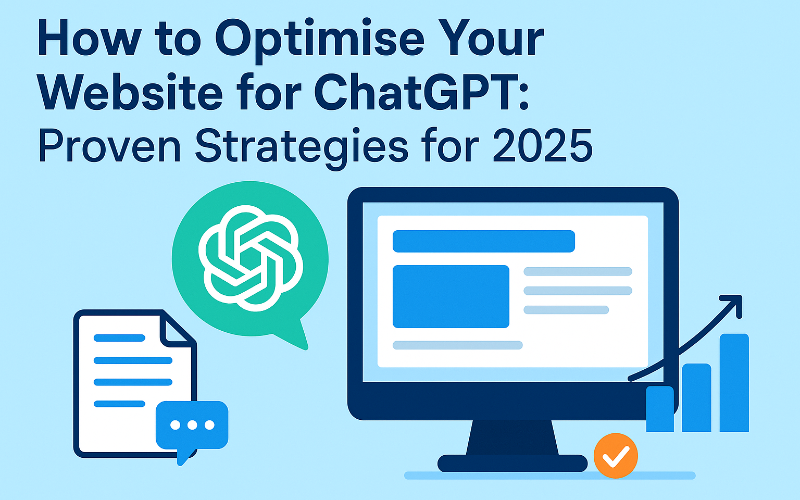27.05.2025
Artificial Intelligence (AI) continues to reshape the digital landscape, and in 2025, web design is no exception. As businesses aim to deliver smarter, more engaging, and personalised user experiences, AI is becoming central to how websites are conceptualised, developed, and maintained. Below are the most influential AI web design trends and predictions that are redefining the digital experience in 2025.
1. Hyper-Personalized User Experiences
AI-driven personalisation in 2025 goes beyond just recommending products. Websites now dynamically adapt content, layouts, colour schemes, and even call-to-action buttons in real-time—based on each user's behaviour, preferences, and demographics. This level of smart personalisation significantly boosts user engagement, reduces bounce rates, and increases conversion rates, especially on e-commerce and SaaS platforms.
2. AI-Powered Design Automation
With platforms like Wix ADI and Bookmark, AI design tools have become accessible to non-tech users. In 2025, these tools are far more advanced—delivering layouts that rival custom designs in both form and function. This shift is empowering marketers, entrepreneurs, and small business owners to create professional websites faster, more affordably, and without needing deep design skills.
3. Voice-First Interfaces and Conversational UI
As voice search continues to rise, 2025 sees websites integrating voice-first navigation to improve user interaction. Through AI, users can now control and navigate sites via spoken commands. Combined with intelligent chatbots, today’s conversational UIs offer near-human customer service—making websites more intuitive, responsive, and accessible for all users.
4. AI-Driven A/B Testing and UX Optimisation
Gone are the days of manual A/B testing. In 2025, AI-powered analytics tools conduct continuous, automatic multivariate testing. These systems analyse user behavior in real-time and adjust design elements, copy, and layout accordingly. This ensures constant optimisation and a more data-driven design process with minimal human intervention.
5. Neuro-Design and Emotion Recognition
One of the most cutting-edge web design trends in 2025 is neuro-design. Using AI to detect and interpret a user’s emotional state—via facial recognition or behavioral analysis—websites can dynamically shift tone, visuals, or structure to better serve the individual. Although still emerging, this technology is poised to deeply elevate user satisfaction and emotional engagement.
6. Enhancing Accessibility with AI
Digital accessibility is a critical focus in 2025, and AI is making it seamless. Modern websites use AI to identify and fix issues such as contrast ratios, alt text, and keyboard navigation—all in real-time. By integrating AI accessibility solutions, businesses ensure their platforms are inclusive by design, not as an afterthought, meeting both user needs and compliance standards.
Final Thoughts
As we advance through 2025, integrating AI into web design is not just innovative—it’s essential. From automated design creation to hyper-personalised experiences and advanced accessibility, AI is empowering designers to create faster, smarter, and more user-centric websites. Businesses that embrace these AI-driven design trends will not only stay competitive but deliver websites that truly connect with users in an ever-evolving digital ecosystem.






